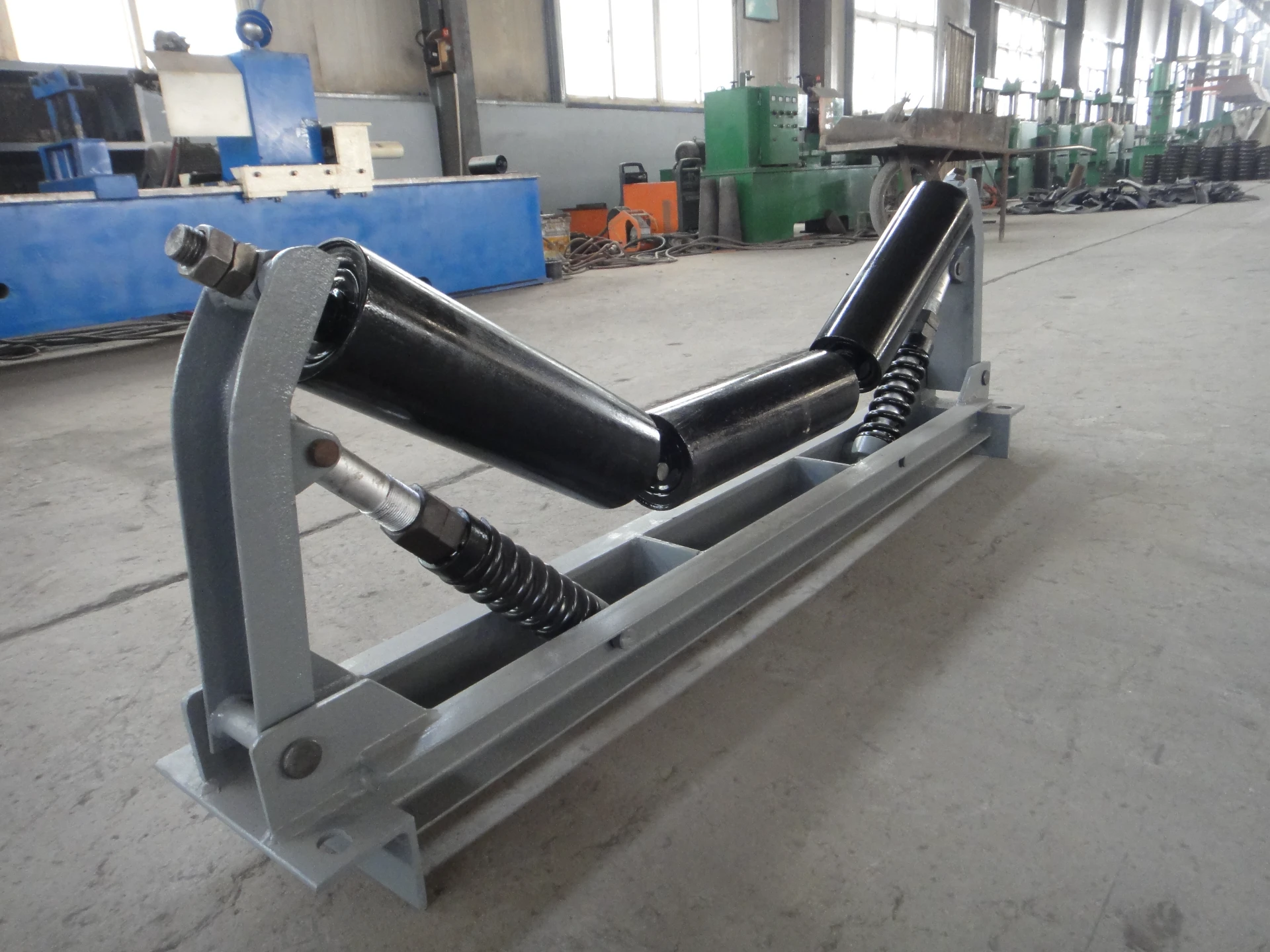 Afrikaans
Afrikaans  Albanian
Albanian  Amharic
Amharic  Arabic
Arabic  Armenian
Armenian  Azerbaijani
Azerbaijani  Basque
Basque  Belarusian
Belarusian  Bengali
Bengali  Bosnian
Bosnian  Bulgarian
Bulgarian  Catalan
Catalan  Cebuano
Cebuano  Corsican
Corsican  Croatian
Croatian  Czech
Czech  Danish
Danish  Dutch
Dutch  English
English  Esperanto
Esperanto  Estonian
Estonian  Finnish
Finnish  French
French  Frisian
Frisian  Galician
Galician  Georgian
Georgian  German
German  Greek
Greek  Gujarati
Gujarati  Haitian Creole
Haitian Creole  hausa
hausa  hawaiian
hawaiian  Hebrew
Hebrew  Hindi
Hindi  Miao
Miao  Hungarian
Hungarian  Icelandic
Icelandic  igbo
igbo  Indonesian
Indonesian  irish
irish  Italian
Italian  Japanese
Japanese  Javanese
Javanese  Kannada
Kannada  kazakh
kazakh  Khmer
Khmer  Rwandese
Rwandese  Korean
Korean  Kurdish
Kurdish  Kyrgyz
Kyrgyz  Lao
Lao  Latin
Latin  Latvian
Latvian  Lithuanian
Lithuanian  Luxembourgish
Luxembourgish  Macedonian
Macedonian  Malgashi
Malgashi  Malay
Malay  Malayalam
Malayalam  Maltese
Maltese  Maori
Maori  Marathi
Marathi  Mongolian
Mongolian  Myanmar
Myanmar  Nepali
Nepali  Norwegian
Norwegian  Norwegian
Norwegian  Occitan
Occitan  Pashto
Pashto  Persian
Persian  Polish
Polish  Portuguese
Portuguese  Punjabi
Punjabi  Romanian
Romanian  Russian
Russian  Samoan
Samoan  Scottish Gaelic
Scottish Gaelic  Serbian
Serbian  Sesotho
Sesotho  Shona
Shona  Sindhi
Sindhi  Sinhala
Sinhala  Slovak
Slovak  Slovenian
Slovenian  Somali
Somali  Spanish
Spanish  Sundanese
Sundanese  Swahili
Swahili  Swedish
Swedish  Tagalog
Tagalog  Tajik
Tajik  Tamil
Tamil  Tatar
Tatar  Telugu
Telugu  Thai
Thai  Turkish
Turkish  Turkmen
Turkmen  Ukrainian
Ukrainian  Urdu
Urdu  Uighur
Uighur  Uzbek
Uzbek  Vietnamese
Vietnamese  Welsh
Welsh  Bantu
Bantu  Yiddish
Yiddish  Yoruba
Yoruba  Zulu
Zulu belt idler roller
The Importance of Belt Idler Rollers in Conveyor Systems
Belt idler rollers play a crucial role in the functionality and efficiency of conveyor systems. These components are essential for maintaining the proper tension and alignment of belts, ensuring that materials are transported smoothly and efficiently across various industrial applications. Understanding the significance of belt idler rollers can help in optimizing conveyor performance and minimizing operational issues.
At its core, an idler roller is a cylindrical component that supports the conveyor belt, allowing it to navigate bends and changes in elevation while also facilitating the movement of goods. Positioned along the length of a conveyor system, these rollers serve several essential purposes, including reducing friction, supporting load, and helping the belt maintain its structural integrity.
One of the most important functions of belt idler rollers is to maintain tension within the conveyor belt. Proper tension is vital for efficient operation; if the belt is too loose, it may slip and disrupt the flow of materials. Conversely, excessive tension can lead to premature wear of the belt and idler components, creating costly downtime and maintenance requirements. By providing support and ensuring an optimal level of tension, idler rollers help extend the lifespan of both the belt and the entire conveyor system.
In addition to tension management, idler rollers assist in aligning the conveyor belt. Misalignment can result in uneven wear and potentially hazardous operational conditions. Rollers guide the belt along its designated path, preventing it from veering off course. This is especially important in complex systems where multiple belts converge or diverge. Proper alignment minimizes the risk of accidents and ensures that materials are delivered precisely where they are needed.
belt idler roller

Furthermore, idler rollers reduce friction in the system. The belt must navigate a variety of obstacles, including bends and inclines, and the smooth operation of these rollers contributes to minimizing the resistance the belt encounters. Reduced friction leads to lower energy consumption, which can significantly cut operational costs over time. Besides, less friction means less heat generation, decreasing the risk of belt damage due to overheating.
The durability of belt idler rollers is another critical factor to consider. These components must withstand harsh conditions, including exposure to extreme temperatures, moisture, and abrasive materials. High-quality materials and robust engineering are crucial for idler rollers to function effectively over extended periods, making timely maintenance and inspections essential. Regular checks on roller condition can help identify wear and tear before they lead to more significant issues within the conveyor system.
When selecting idler rollers for a conveyor system, various factors need to be considered, including the type of material being transported, the operational environment, and the specific application requirements. Different industries may require specialized rollers designed to handle their unique operational challenges, such as heavy loads or corrosive materials.
In conclusion, belt idler rollers are vital contributors to the efficiency and effectiveness of conveyor systems. They play a significant role in maintaining belt tension, ensuring proper alignment, and reducing friction, all of which are essential for optimized performance. As industries continue to advance, the importance of high-quality idler rollers will only increase, making it imperative for companies to prioritize their selection and maintenance for a reliable and efficient conveyor operation. Investing in top-notch idler rollers translates to improved productivity, reduced downtime, and overall operational success.
-
Revolutionizing Conveyor Reliability with Advanced Rubber Lagging PulleysNewsJul.22,2025
-
Powering Precision and Durability with Expert Manufacturers of Conveyor ComponentsNewsJul.22,2025
-
Optimizing Conveyor Systems with Advanced Conveyor AccessoriesNewsJul.22,2025
-
Maximize Conveyor Efficiency with Quality Conveyor Idler PulleysNewsJul.22,2025
-
Future-Proof Your Conveyor System with High-Performance Polyurethane RollerNewsJul.22,2025
-
Driving Efficiency Forward with Quality Idlers and RollersNewsJul.22,2025





























